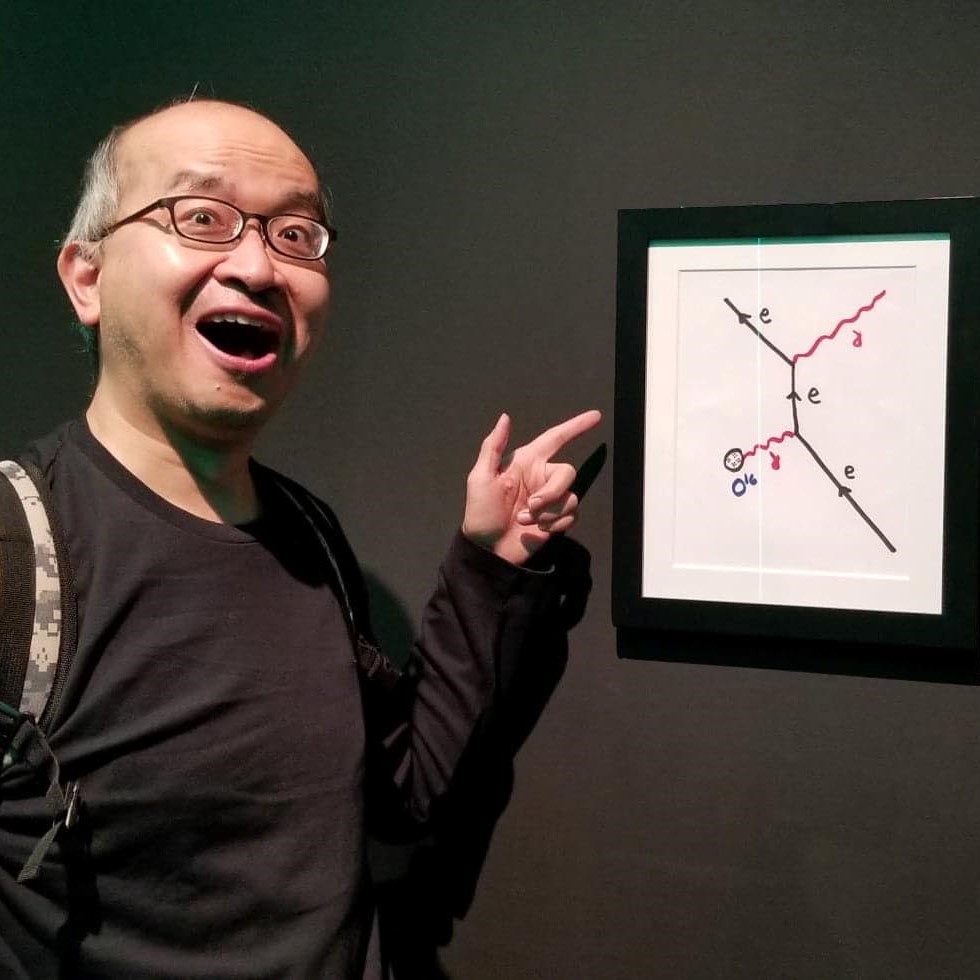Hoi-Kwong Lo
University of Toronto, CanadaFor ground-breaking scientific and engineering advances that have enabled photonics-based quantum key distribution to advance from a theoretical concept into demonstrably secure and readily deployable communications technology.

Change is a familiar word in Hoi-Kwong Lo’s vocabulary. He has gone through many changes throughout the course of his career. He started off with an undergraduate degree in Mathematics at Cambridge University, UK, but ended up completing his PhD in Physics at CalTech in the US. For Hoi-Kwong, change did not stop there. Early parts of his career involved research in theoretical computer science. Even while in the private sector, Hoi-Kwong experienced different sides of the industry. He worked for Hewlett-Packard Labs, a large corporation, before moving to MagiQ Technologies, a start-up. After six years, he returned to academia where he is now Full Professor at the University of Toronto, Canada. Currently, he is in two Departments, Physics and Electrical and Computer Engineering.
Among all these changes, Hoi-Kwong notes one that he considers a turning point in his career—the shift from theoretical particle physics (the area of his Ph.D. research) to quantum information. This occurred while he was a postdoc at Princeton University’s Institute of Advanced Study (IAS). The year was 1994 or 1995 which made the move seem “very risky” he says because “quantum information was still a nascent research area that was trying to become a recognized field.” In retrospect, he calls this switch “perfect timing.” He credits his PhD supervisor, Prof. John Preskill at CalTech, as a good mentor for this transition as Prof. Preskill made the same transition around the same time. Hoi-Kwong says “having good mentors is important because they provide support” and help solidify your interests.
The theme of change carries through his current research as well. Hoi-Kwong’s group works on both theory and experiment in quantum cryptography. Usually, groups work on only one or the other. Hoi-Kwong says he likes the “synergy between theory and experiment in quantum cryptography” and finds the “balance between independent thinking and collaborating with colleagues and graduate students very stimulating.”
Quantum cryptography uses quantum mechanical properties to perform cryptographic tasks. Quantum cryptography allows tasks that were impossible in classical (non-quantum) communication to be completed. The main task of quantum cryptography is quantum key distribution (QKD). QKD allows two parties to produce a shared random secret key known only to them, which then can be used to encrypt and decrypt messages.
In 2012, Lo, along with his colleagues Marcos Curty and Bing Qi, “invented the concept of measurement-device-independent quantum key distribution (MDI-QKD), thus foiling all known and potential attacks on photon detectors in QKD. The work, which is conceptually pleasing, completely short-circuits the need to certify photon detectors. It also allows the construction of quantum networks with untrusted relays. MDI-QKD has become a very hot topic in QKD and has led to many new theoretical and experimental results.” Hoi-Kwong believes this is his most significant discovery to date.
The goal of Hoi-Kwong’s research is to “achieve information-theoretic security based on the laws of physics.” He adds “in the Internet Age, information-theoretic security is the Holy Grail of communication security. Looking into the future, I see Quantum Internet as the next big thing. It is inevitable that quantum mechanics and photonics will play a bigger and bigger role in the future quantum internet.”
Profile Written by Jeanette Gass
